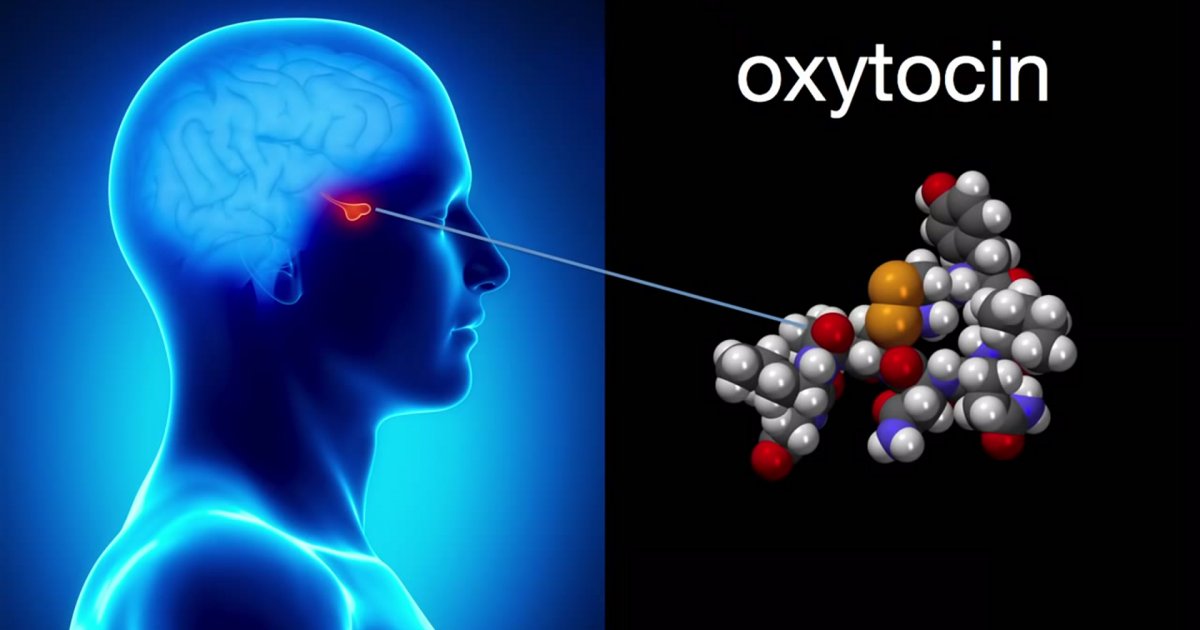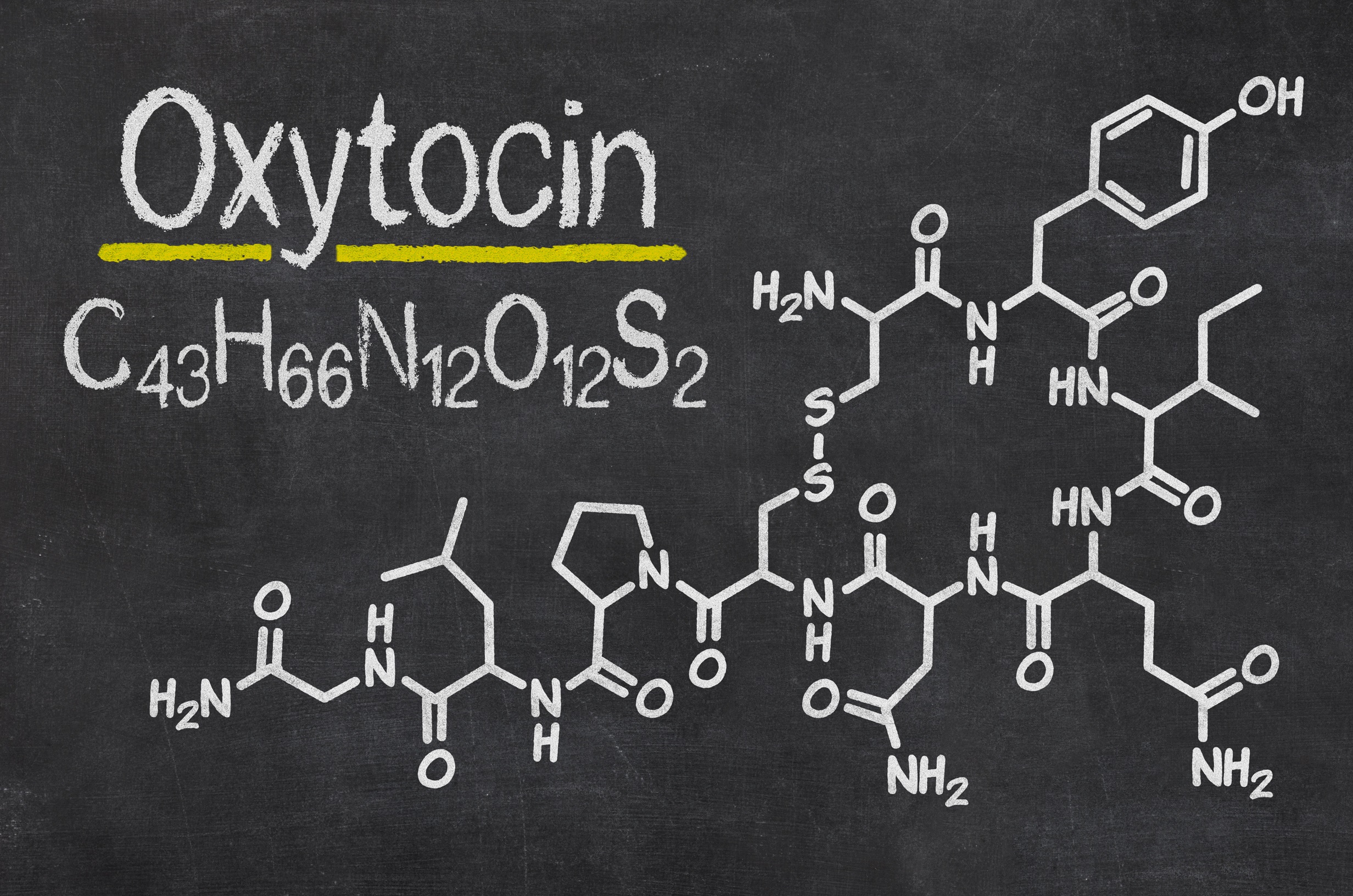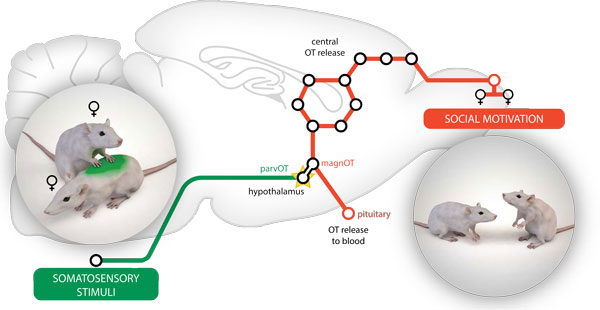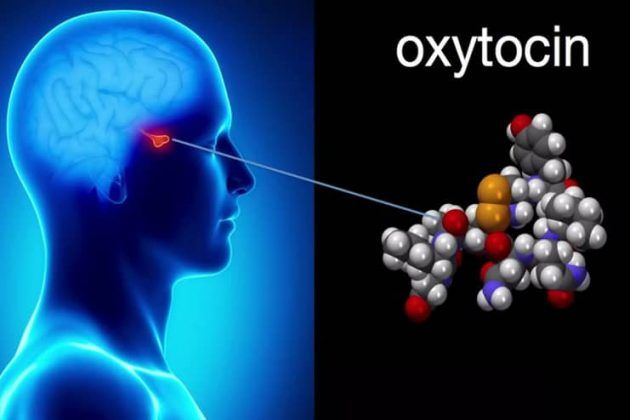Oxytocin hormone hug gland brain released porn ted stress pituitary beauty releases when forth author young gary wilson effects talk
Table of Contents
Table of Contents
When it comes to caregiving relationships, touch can make all the difference. Studies have shown that a hormone called Oxytocin, which is released during skin-to-skin contact, can promote feelings of trust, connection, and calmness. In this post, we’ll explore the benefits of Oxytocin and touch as a form of support in caregiving relationships, and how they can make a positive impact in daily life. Read on to discover the power of touch.
The Pain Points of Caregiving Relationships
Caregiving relationships can be incredibly rewarding, but they can also be stressful and challenging at times. Caring for a loved one can take a physical, mental, and emotional toll, and it’s not uncommon to experience feelings of exhaustion, frustration, or even guilt. In these moments, it can be helpful to turn to methods of support that promote relaxation and connection, such as touch.
The Target of Oxytocin and Touch as a Form of Support in Caregiving Relationships
Oxytocin is often referred to as the “bonding hormone” because of its role in social bonding and maternal behaviors. When we engage in skin-to-skin contact, such as hugging or holding hands, Oxytocin is released into our bloodstream, promoting feelings of intimacy and trust. In the context of caregiving relationships, touch can help to alleviate stress, reduce feelings of isolation, and promote a stronger sense of connection between the caregiver and recipient.
Summary of the Benefits of Oxytocin and Touch as a Form of Support in Caregiving Relationships
Through the release of Oxytocin during skin-to-skin contact, touch can offer a range of benefits for caregiving relationships, including:
- Reducing stress and promoting relaxation
- Boosting feelings of intimacy and trust
- Alleviating feelings of isolation and loneliness
- Promoting a stronger connection between caregiver and recipient
The Power of Touch: A Personal Experience
As a caregiver for my mother, I often find myself feeling overwhelmed and exhausted. One day, I decided to try a new approach: instead of just completing tasks for her, I made a point to hold her hand and give her a gentle massage. At first, she seemed surprised, but then she relaxed into the touch and began to express how much she appreciated it. From then on, I made it a point to incorporate touch into our daily routine, and I noticed a real difference in both of our moods and attitudes. It’s amazing how such a simple act can have such a positive impact on our wellbeing.
When it comes to caregiving relationships, touch can often be overlooked in the hustle and bustle of daily tasks. However, taking the time to engage in skin-to-skin contact can offer a powerful form of support and foster a deeper sense of connection between caregiver and recipient. By incorporating touch into our caregiving routine, we are better able to promote relaxation, reduce stress, and nurture a stronger bond.
FAQs About Oxytocin and Touch as a Form of Support in Caregiving Relationships
Q: Is touch always appropriate in caregiving relationships?
A: Touch can be a powerful form of support, but it’s important to respect boundaries and preferences. Always ask before initiating touch, and be mindful of any discomfort or sensitivity the recipient may have.
Q: How can I incorporate touch into my caregiving routine?
A: There are many ways to incorporate touch into caregiving, such as hugs, hand-holding, gentle massages, or even just sitting close together. Find what works for you and your recipient, and make it a regular part of your routine.
Q: What if touch is difficult due to mobility or physical limitations?
A: If physical touch is difficult, consider alternate methods of connection, such as playing calming music or engaging in conversations that promote feelings of intimacy and trust. Every little bit helps.
Q: Are there any precautions I should take when engaging in touch as a form of support in caregiving?
A: Always be mindful of proper hygiene, especially if the recipient has a compromised immune system. Also, be aware of any medical conditions or injuries that may affect the recipient’s comfort during touch. When in doubt, consult with a healthcare professional for guidance.
Conclusion of Oxytocin and Touch as a Form of Support in Caregiving Relationships
Caregiving relationships can be stressful, but the power of touch can offer a meaningful form of support that promotes relaxation, trust, and intimacy. By incorporating touch into our caregiving routine, we are better able to nurture our relationships and foster a deeper sense of connection. Try incorporating touch into your daily routine and see the positive impact it can make.
Gallery
Sweet Beginnings Baby Care And Yoga - The Magic Of Oxytocin

Photo Credit by: bing.com / oxytocin hormone compassion helps needs
» Human Touch And Our Internal Connection To Beauty Beauty Blog

Photo Credit by: bing.com / oxytocin hormone hug gland brain released porn ted stress pituitary beauty releases when forth author young gary wilson effects talk
Love Hormone May Enhance Compassion Of People Suffering From PTSD

Photo Credit by: bing.com / oxytocin molecule hormone tattoo chemistry ptsd autism tattoos suffering compassion enhance people amor tumblr chem affairs current stress need sott
Oxytocin During Pregnancy | Oxytocin Injection During Pregnancy

Photo Credit by: bing.com / oxytocin pregnancy
Social Touch Promotes Communication Via Oxytocin | Human Frontier

Photo Credit by: bing.com / oxytocin promotes


